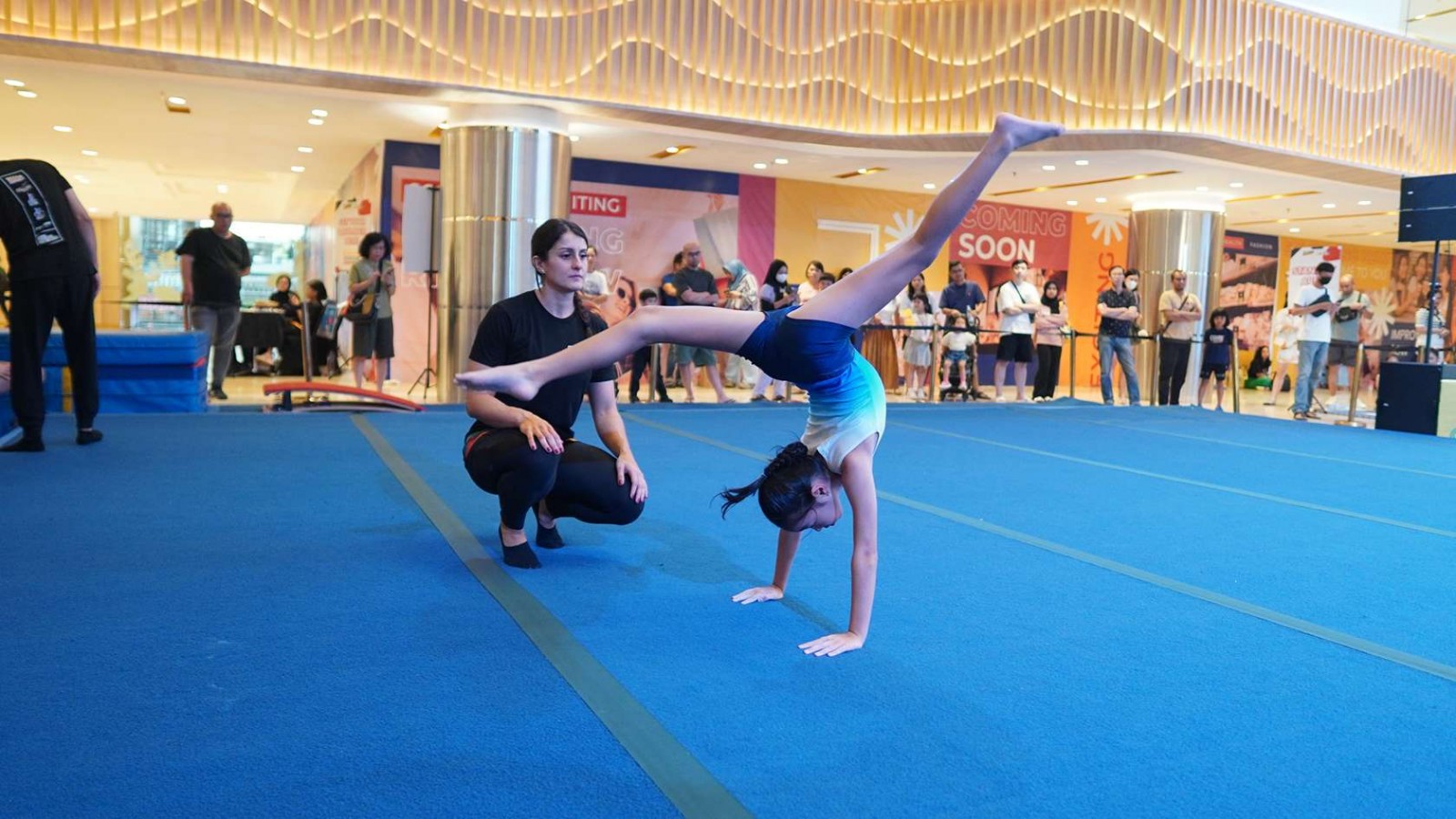Mixed Martial Arts Vs Muay Thai: Which One Suit You?

Are you looking to take up a combat sport but can’t decide between Mixed Martial Arts (MMA) and Muay Thai? Both are incredible disciplines with rich histories, intense training, and powerful techniques. But which one is right for you? Let’s break it down by comparing their rules, techniques, effectiveness for self-defense, and benefits.
What Are MMA and Muay Thai?
MMA is a combat sport that blends multiple martial arts disciplines, including boxing, Brazilian Jiu-Jitsu (BJJ), wrestling, kickboxing, and Muay Thai. It’s a full-contact sport where fighters use strikes, grappling, and submissions to defeat their opponents. The sport gained mainstream popularity through organizations like the UFC (Ultimate Fighting Championship).
Muay Thai originates from Thailand and focuses on striking using fists, elbows, knees, and shins. It’s one of the most effective and devastating stand-up striking martial arts. Unlike MMA, Muay Thai does not involve grappling or ground fighting.
The Difference Between Mixed Martial Arts Vs Muay Thai
Let’s dive into the key differences between Mixed Martial Arts (MMA) and Muay Thai:
1. Nature of the Sport
MMA is a hybrid combat sport that blends techniques from various martial arts. It combines striking (from boxing, kickboxing, and Muay Thai) with grappling (from wrestling, Brazilian Jiu-Jitsu, and judo).
Because fighters train in multiple disciplines, they learn how to handle fights both standing up and on the ground.
On the other hand, Muay Thai focuses on using punches, kicks, elbows, and knees. The idea is to use every part of your body as a weapon. Muay Thai is also all about striking while standing. It doesn’t involve ground fighting or submissions.
2. Rules and Competition Format
MMA competitions allow a wide range of techniques. For example, fighters can execute takedowns, submissions, ground-and-pound, and a variety of striking techniques. Fights typically occur in an octagon or cage, which means the fighting area is enclosed, affecting how fighters use the space.
Additionally, MMA fighters wear small, flexible gloves (around 4oz) that allow for both striking and grappling. This means the gloves are designed to protect while still leaving fingers free for techniques like clinching.
Muay Thai allows strikes with punches, kicks, elbows, and knees. Clinching is also an important element, but it’s mainly used to set up strikes rather than to execute takedowns.
Competitions are held in a boxing-style ring, which can affect movement and strategy compared to the confined space of an MMA cage. Fighters usually wear larger gloves (8-10oz) for better protection during heavy striking, and in amateur bouts, you might even see shin guards.
3. Techniques and Skill Sets
An MMA fighter’s toolkit includes striking, grappling, and submissions. For instance, a fighter might use boxing for a quick jab, then transition to a wrestling takedown, and finish with a choke from Brazilian Jiu-Jitsu.
Because MMA fighters train in various disciplines, they can adapt mid-fight. If a fight goes to the ground unexpectedly, an MMA fighter is trained to fight from that position.
While the Muay Thai techniques focus on maximizing the power and precision of strikes. Muay Thai practitioners also excel in clinch work, where they control an opponent’s posture and deliver knees or elbows.
4. Training Focus and Benefits
MMA Training covers everything from stand-up striking to ground grappling. An MMA gym might have separate sessions for boxing, wrestling, and Brazilian Jiu-Jitsu.
Because of its varied techniques, MMA training provides a balanced workout. Fighters build strength, agility, endurance, and flexibility.
Muay Thai workouts are known for their intensity. Training often includes heavy bag work, pad work, and sparring sessions that build exceptional cardiovascular fitness.
5. Self-Defense Applications
MMA’s well-rounded approach means you’re equipped for various scenarios. Whether it’s defending against a punch or countering a takedown, MMA teaches you to adapt quickly.
The unpredictable nature of MMA sparring mimics real-life confrontations where an attacker might not only throw punches but also try to grapple or subdue you.
In situations where you need to fend off an attacker quickly, the powerful strikes of Muay Thai can be very effective. A well-timed elbow or knee strike can incapacitate an opponent.
However, if a situation goes to the ground, Muay Thai doesn’t provide techniques to handle that, making MMA a more comprehensive option for self-defense in such cases.
6. Benefits of MMA vs Muay Thai
One of the standout benefits of MMA is its well-rounded skill set. When you train in MMA, you’re getting exposure to striking, grappling, and submission techniques. This comprehensive approach means you become versatile in combat, ready to handle any situation that might arise.
Another significant advantage is the full-body workout MMA provides. Every training session is a chance to boost your strength, endurance, and flexibility. Lastly, MMA training significantly increases your reflexes. The constant sparring and rapid-fire drills mean that your reaction time improves considerably.
On the contrary, Muay Thai is famous for its incredible striking power. Training in this art form means you develop some of the hardest-hitting techniques, using not just your fists but also your elbows, knees, and shins. Each strike is designed to be impactful, making Muay Thai a highly effective discipline for delivering decisive blows in a fight.
Another major benefit of Muay Thai is its excellent cardio and conditioning. The training sessions are high-intensity and fast-paced, designed to boost your stamina and overall endurance. This means you’re not only building muscle and strength but also improving your cardiovascular health, which is essential for both fighting and everyday fitness.
If you prefer staying on your feet, Muay Thai is particularly effective for stand-up combat. The focus is entirely on striking, which hones your skills in delivering quick and accurate blows. This specialization makes it one of the best striking arts around, ideal for those who love to engage in dynamic, high-energy exchanges.
Mixed Martial Arts vs Muay Thai, Which One Should You Choose?
Ultimately, the choice depends on your goals and interests. If you want a mix of everything, go for MMA. If you love striking and want to master powerful attacks, Muay Thai is the way to go.
But here’s a guide to help you if you aren’t sure which one to pick. If you:
- Want a well-rounded martial art that covers striking, grappling, and submissions → Go for MMA.
- Prefer an intense stand-up fighting style with powerful strikes → Choose Muay Thai.
- Are interested in self-defense against different types of attacks → MMA is more practical.
- Want to improve striking, balance, and conditioning → Muay Thai is a great choice.
- Dream of competing in combat sports → If you like all aspects of fighting, MMA is ideal. If you love striking, Muay Thai is your path.
Let’s Learn Martial Arts!
In conclusion, if you're a parent whose child shows an interest in martial arts, why not consider enrolling them in a martial arts program from Rockstar Academy? This exceptional Sports & Performing Arts Academy offers a variety of physical activity programs that not only teach martial arts but also foster overall growth.
With an engaging curriculum that includes the exciting RockOlympics, your child will have an amazing opportunity to discover their true potential while having fun and building essential life skills.
And for those seeking a more personalized approach, Rockstar Academy's Private Instruction program provides tailored, intensive training focused on individual needs and goals—complete with regular instructor feedback, progress reports, training videos, and weekly exercises to practice at home. Give your child the chance to become a true Life Champion and sign up for our free trial class!
FAQ
Is Muay Thai safer than MMA?
Muay Thai is generally safer because it doesn’t involve grappling or ground fighting, which reduces the risk of certain injuries like joint locks or submissions. However, both sports have risks due to the full-contact nature of training and competition.
Can I train both MMA and Muay Thai?
Yes! Many MMA fighters train Muay Thai as their primary striking discipline. If you start with Muay Thai, you can later transition to MMA by learning grappling techniques.
Which one is harder to learn?
MMA is more complex because it combines multiple fighting styles. Muay Thai is straightforward but still challenging due to its physical intensity.
Can I use Muay Thai in an MMA fight?
Yes, Muay Thai is one of the most effective striking arts in MMA. However, you will need to add wrestling and BJJ skills to be competitive in an MMA fight.



